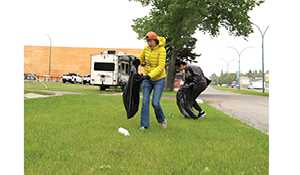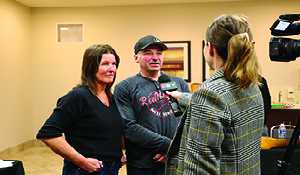In Saskatchewan: Multilateral well drilling program introduced
Oil production target 600,000 barrels a day
May 7, 2024, 9:11 am
Ryan Kiedrowski, Local Journalism Initiative Reporter


The provincial government is looking to entice increased multi-lateral drilling in Saskatchewan with a new incentive program. The innovative drilling method allows for more of the oil reservoir to be access from a single well, and with the incentive program, it could see an increase of 200 more wells drilled in Saskatchewan each year.
“The intention is to encourage investment in this new type of drilling. We’ve seen some uptake in Saskatchewan, but not to the extent that we would hope and certainly not to the extent that we’ve seen in Alberta,” explained Eric Warren, Executive Director of Energy Policy for the ministry.
“The goal of the program is really to create a competitive royalty environment for the drilling of these wells and try to see some of that capital deployed here in Saskatchewan, and ultimately to increase oil production towards the provinces growth plan target of 600,000 barrels per day.”
The volumetric incentive will see a maximum of 2.5 per cent royalty rate up to a set volume of initial production, then reverting to the standard rate.
“The intent there again is to just improve the economics, improve the attractiveness of making these kinds of investments relative to how the royalty regime treats these wells in Alberta,” Warren said.
“It is a response to the higher capital cost of this type of drilling.”
The program is applicable to new multilateral wells drilled on or before April 1, ending on the same date in 2028, and is application based. Qualifying wells are set against the criteria in place before approval.
“The new incentive program for multi-lateral drilling opens up significant new drilling investment opportunities in Saskatchewan for Cenovus,” said Jon McKenzie, Cenovus Energy CEO.
“It aligns with our focus to strategically build our integrated position in the Lloydminster region and we anticipate it will have positive impacts for provincial employment as well as new production growth. We are pleased to see government focus on creative ways to bring more investment to Saskatchewan.”
More opportunity for the southeast
To visualize what’s happening under the ground with multi-lateral wells, Warren used the examples of pitchforks and fishbones.
“There’s two types of multilateral wells that we’re talking about, one is sort of a pitchfork style, where you have a number of laterals extending off of the the wellbore,” he explained. “Any number of configurations up to eight legs, and even more. The second is a fishbone type multilateral, where they’re extending a whole bunch of smaller radiating legs off of the main bore in a horizontal fashion.”
Warren believes multi-lateral drilling techniques will open up more potential in the Saskatchewan portion of the Bakken formation, and also the the more challenging Frobisher and Midale formations.
“We expect to see this deployed all across the oil producing regions in the province,” he said. “Thinking about the southeast in particular, in the Bakken, it’s really about extending the boundaries of the Bakken in terms of the ability to produce some of that oil economically. Now with this multilateral type of drilling, you’re able to exploit some of those reserves.
So it’s pushing the edges, the boundaries of the Bakken. There’s also opportunities in the Bakken where you have these water bearing formations above or below the pay zone that you’re targeting.”
Historically, the Bakken has seen fracking operations halt due to encountering water-bearing formations.
“This technology allows you to go in and exploit some of those places as well,” Warren said. “Certainly, we’ll see some incremental production there.”
Warren also noted the Frobisher and Midale formations with thin pay zones stacked on top of each other; a difficulty using traditional drilling methods. Multi-lateral technology now makes those reserves viable.
“We’ve done some projections internally around the number of multilateral wells that we’re expecting to see drilled over the life of the program, ranging from 100 to 200 per year,” Warrren said.
“Hearing from industry after the launch of this program, we’re hopeful that we might be able to surpass those numbers.”
With a spike in production naturally comes more jobs—a welcome sign to the second-largest oil producing jurisdiction in Canada
“The competition for capital investment is fierce and Saskatchewan’s plan to modernize the royalty regime to recognize the use of new drilling technologies provides the right policy environment to attract investment to the province,” Canadian Association of Petroleum Producers President and CEO Lisa Baiton said.
“A more competitive royalty framework will help unlock valuable oil resources in Saskatchewan and will, in turn, create more jobs and additional revenues for the government and municipalities.”
The oil sector in Saskatchewan currently supports more than 26,000 jobs.
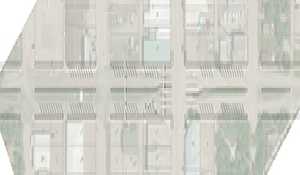





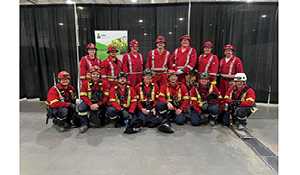
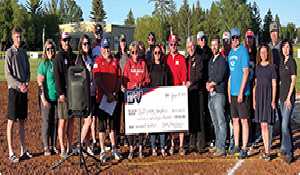




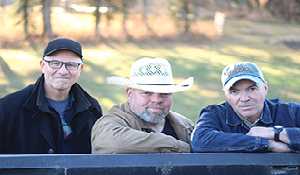
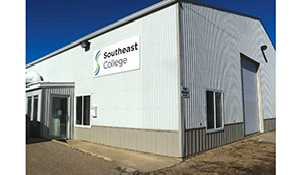
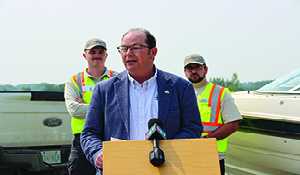
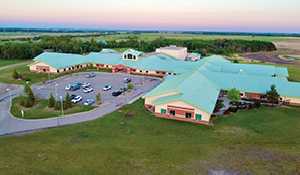

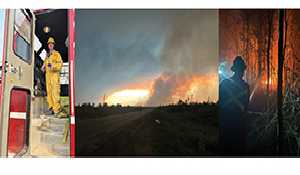
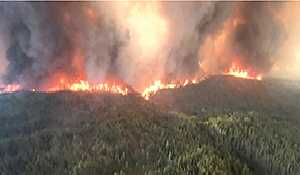




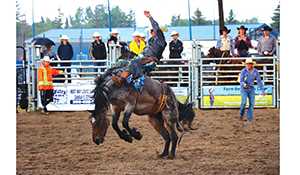



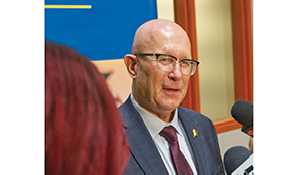
SM.jpg)
